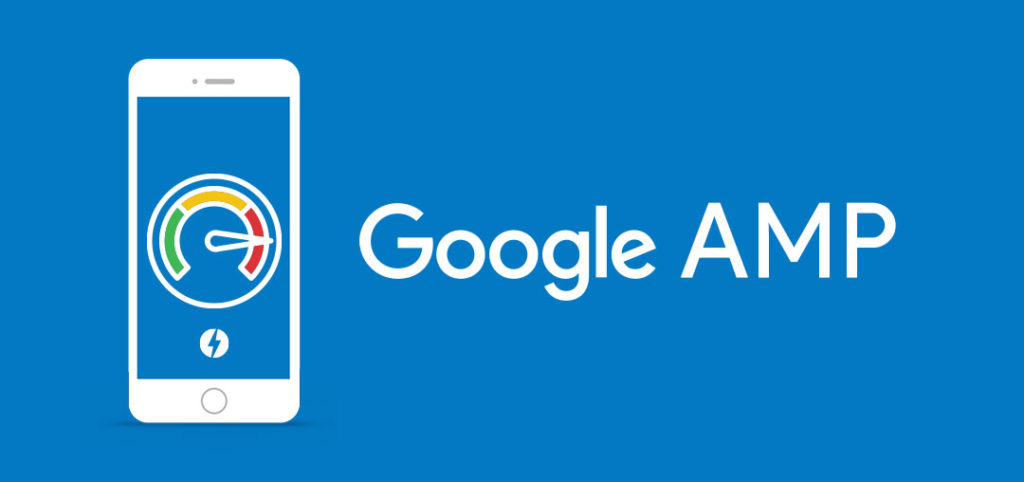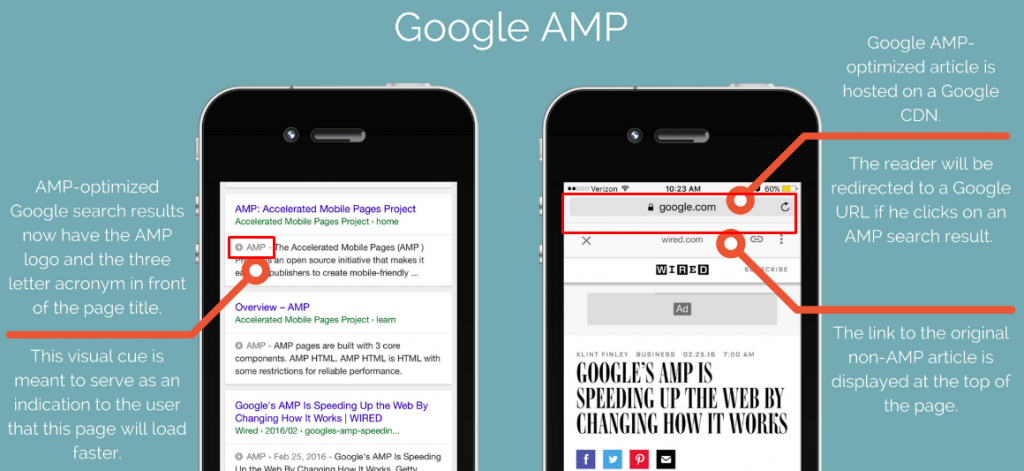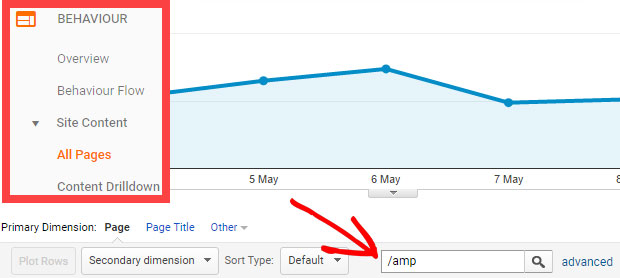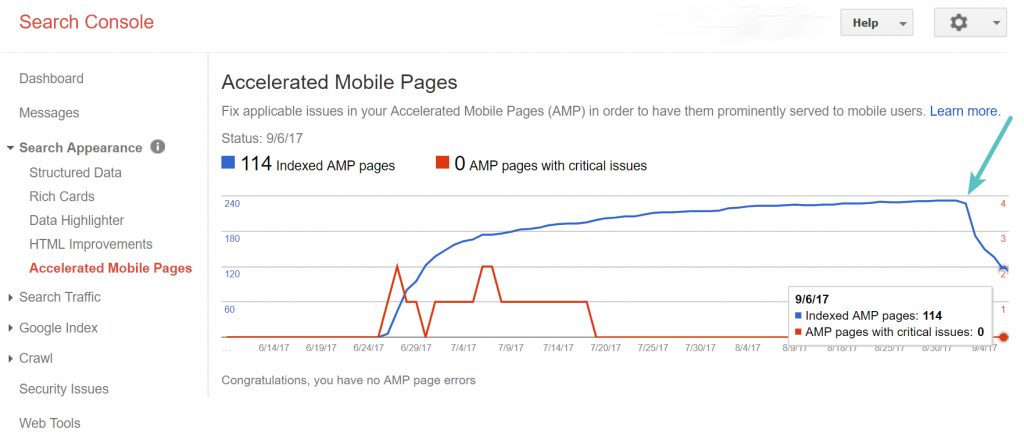Do you wish to optimise your pages for mobile users? But, with the mobile browser pages not loading quickly, are you worried about users being discouraged from enjoying your content? Implementing Accelerated Mobile Pages or AMP can be your ideal way to ensure your pages rank faster, better and certainly convert more mobile page leads into customers.
With both search engines and searchers want webpages to be fast, it’s no surprise that page speed is a crucial ranking factor in Google’s search algorithm. Recently, multiple studies have revealed that page loading time heavily impacts the bottom line of a website. Using accelerated mobile pages (AMP) is one way to optimise your webpages for users using mobile devices. Google displays links to AMP in the carousel format in SERP or marks content with the AMP logo.
Here’s everything you need to know about Google’s accelerated mobile pages.
What Is Google AMP?
AMP stands for Accelerated Mobile Pages. A very handy framework to create fast-loading mobile pages, this open-source initiative is designed to enable publishers to improve speed and user experience for mobile viewers without sacrificing any revenue. In short, it is an initiative from Google to improve the users’ mobile browsing experience.
Advantages Of Implementing AMP
- Improve in SEO ranking and traffic
- Faster loading pages for mobile users
- Low bounce rate
- Flexible layout
- Easy user tracking
How To Get Started With Accelerated Mobile Pages?
There are three basic steps to implement accelerated mobile pages for your website. Once you decide on the part of your website where you will implement AMP, you need to follow steps like-
1. Create a template for AMP page
AMP easily integrates with several different publishing platforms. You can either build the templates from scratch or convert existing HTML pages into the AMP format. The documentation will give information on all options.
2. Roll out the AMP page
Consider testing a few types of pages from your website first on AMP. Ideally, you should include pages which rank well so that you can see if Google is offering the AMP version in mobile search results. Depending on the crawl rate of your site, it can even take a few days before Google finds, checks and then indexes the page’s AMP version.
3. Track with analytics
It’s obvious that you will wish to track your AMP pages’ performance. Since AMP analytics will be different from that of normal Google analytics, you need to understand how it works. You can track the pages via third-party or in-house analytics.
Track your AMP pages in Google Analytics
Track your AMP pages in Google Webmaster
How Does AMP Work?
Here’re the optimisations which AMP does for reducing the amount of work a browser should do. The AMP process can-
- Execute only asynchronous JavaScript
- Size the resources statically
- Keep the third-party JavaScript out of the crucial path
- Never let extensions block rendering
- Allow only inline CSS
- Minimise style recalculations
- Run GPU-accelerated animations only
- Prioritise resource loading
- Load pages through pre-rendered content
Now that you are aware of everything, don’t you think implementing AMP can indeed be very beneficial? Time to get started with AMP and reap the exemplary benefits!
Also, read: Optimising For Voice Search In 2019: 3 SEO Strategies To Get Started






Recent Comments